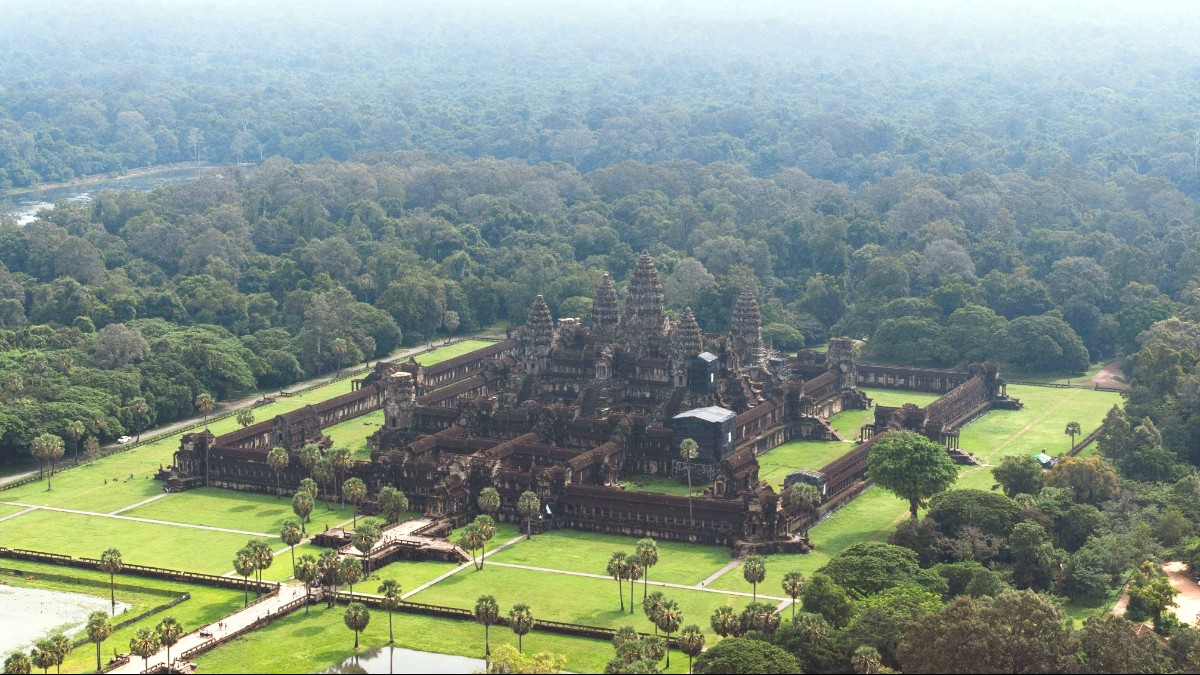
Cambodia
Siem Reap lacks a comprehensive public bus, metro, or tram system for tourists. The city's main modes of local transportation are tuk-tuks, taxis, and bicycles.
This offers visitors a more direct interaction with local drivers and the immediate surroundings.
Licensed taxis are available for hailing or at major hotels. Agree on fares before starting your trip.
The most common form of local transport, ideal for short trips or full-day temple tours.
Many guesthouses offer rentals, perfect for exploring temples over shorter distances.
Available for hailing or at hotels. Agree on fare beforehand.
Short ride in town: $3-5. Airport transfers have fixed prices ($30-40).
Grab and PassApp are popular for tuk-tuks/cars with upfront pricing.
Apps offer tracking. For street-hailed rides, confirm price and destination.
Consider renting a vehicle for independence, but be aware of local regulations.
Siem Reap town center, especially around Pub Street, Old Market, and Night Market, is very walkable.
Cycling is popular for Angkor Wat. Roads within park are paved and relatively flat.
Avoid walking or cycling alone in poorly lit or deserted areas at night.
Beyond standard options, some specialized transport types cater to tourists or unique circumstances.
Gain historical and cultural context from local guides.
Historical knowledge
Efficient scheduling to avoid crowds and heat, with recommendations for local eateries.
Time saving
Enhanced safety with local expertise and assistance with navigation.
Local expertise
For efficient movement between sites, especially the vast Angkor complex, consider hiring a tuk-tuk driver for a full day. They have experience navigating the routes and waiting for you.
Pre-negotiate the price or use a ride-hailing app for multi-stop journeys.